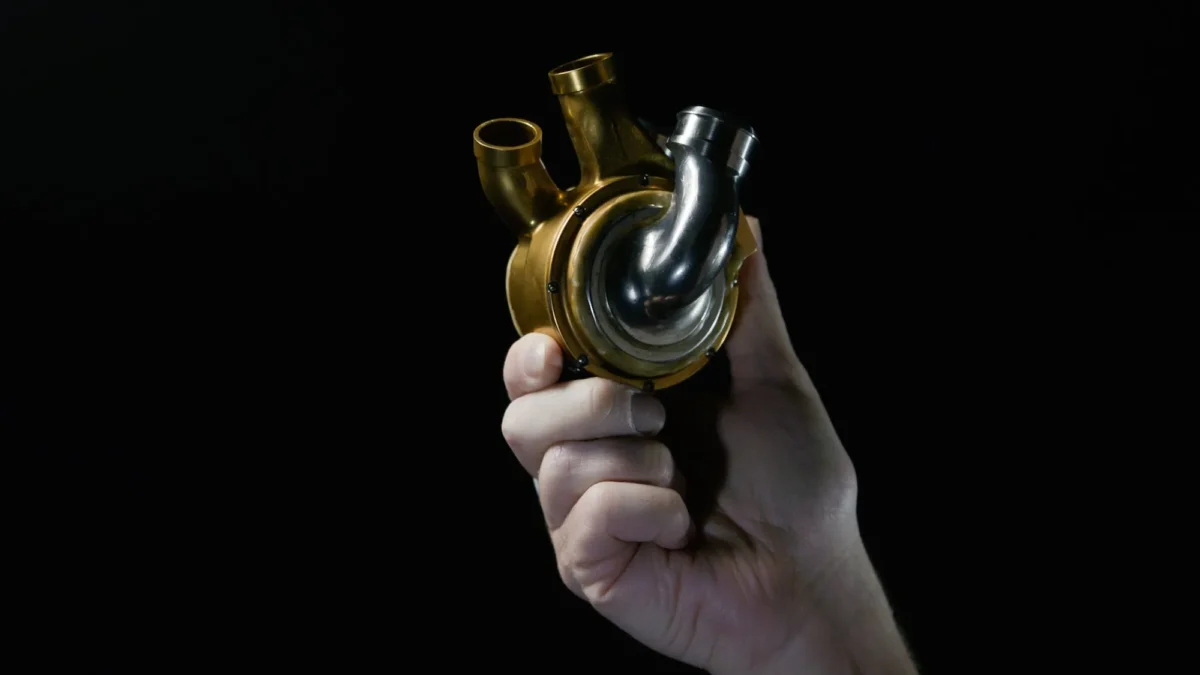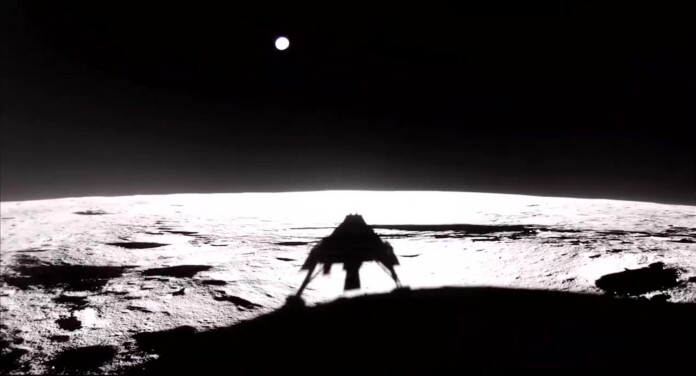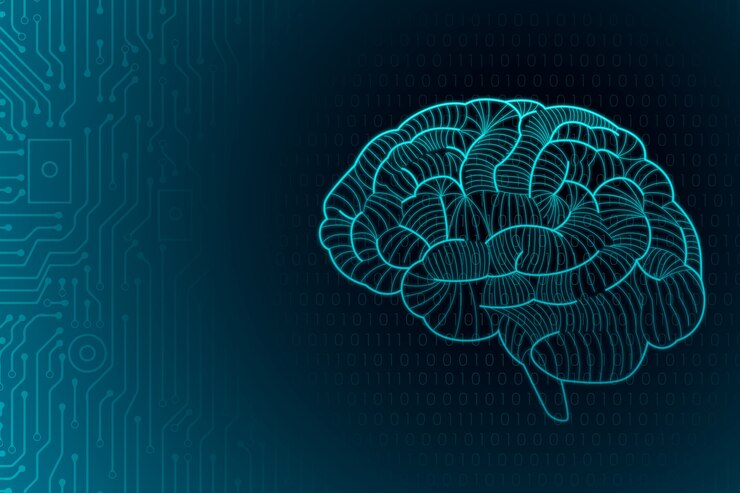First Titanium Heart
In early February, an Australian man in his 40s made medical history as the first person to leave the hospital with a titanium artificial heart. The fist-sized device kept him alive for 105 days by continuously pumping blood to his lungs. On March 6, when a donor heart became available, doctors successfully replaced the artificial heart with a real one—an intervention that ultimately saved his life.
Before the transplant, the man could barely walk 10 to 15 meters without losing his breath. Now, he’s regained his strength and mobility. Dr. Chris Hayward, the transplant cardiologist leading the team at St. Vincent’s Hospital in Sydney, hailed the procedure as a major breakthrough, while lead surgeon Paul Jansz called it a “game-changer.” The BiVACOR Total Artificial Heart, in development for nearly 25 years, had previously been implanted in a 58-year-old American who lived with the device for eight days before receiving a transplant. This latest case marks the first successful use outside the U.S. and the sixth attempt overall, demonstrating its long-term viability.

The device’s journey began in 2001 when biomedical engineer Daniel Timms started designing an artificial heart after his father suffered a heart attack. Unlike traditional artificial hearts, BiVACOR’s titanium device has only one moving part—a magnetically levitating rotor that eliminates friction and wear. The battery, which exits through the abdomen, is the only component requiring replacement. Weighing just 650 grams, it’s compact enough for women and children as young as 12 yet powerful enough to sustain an adult during exercise. With fewer than 6,000 heart transplants performed globally each year, demand far exceeds supply. Currently, only one artificial heart is FDA-approved for commercial use, but BiVACOR’s success could soon change that. Four more implants are planned in Australia this year through Monash University’s Artificial Heart Frontiers Program, signaling a potential revolution in cardiac care.





